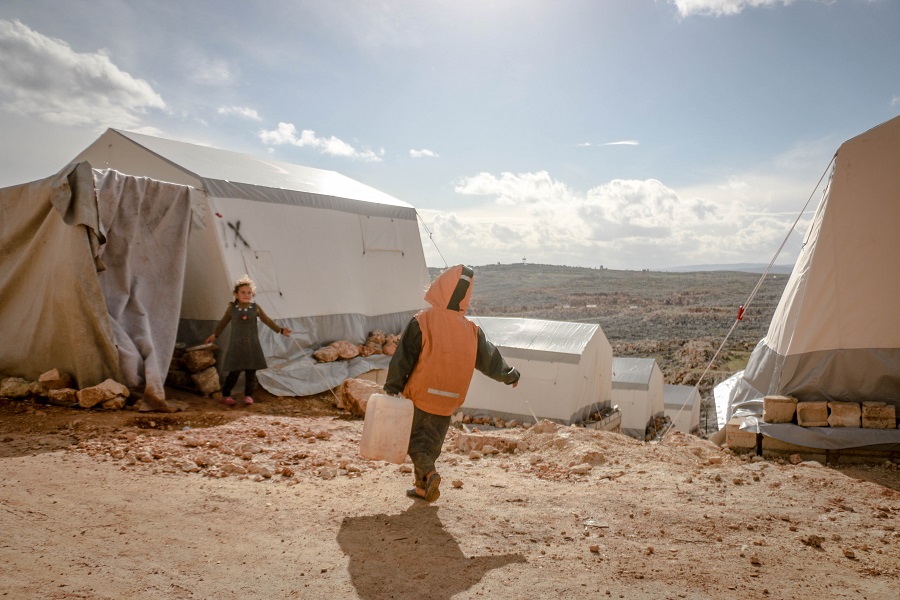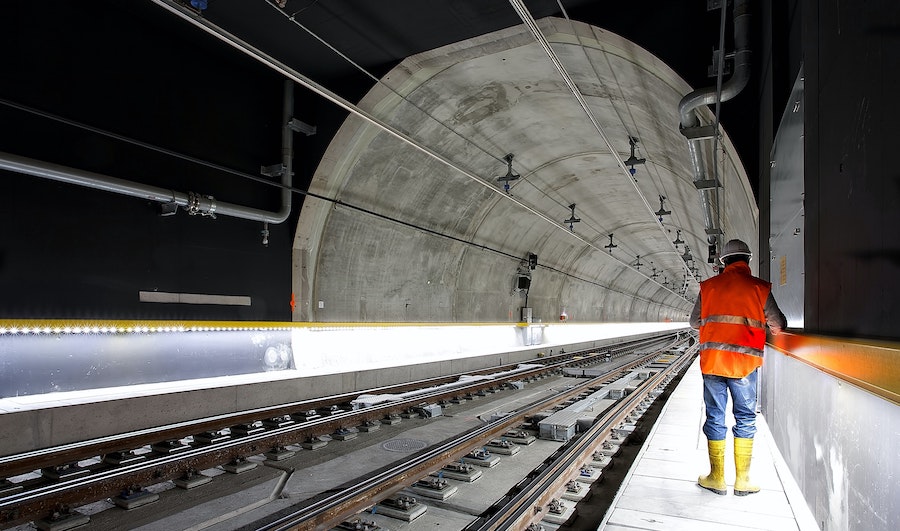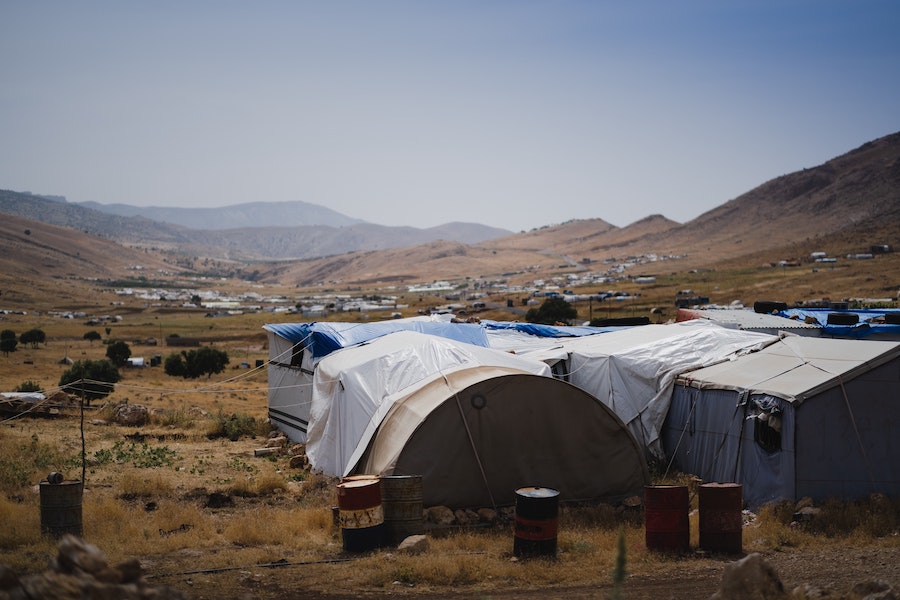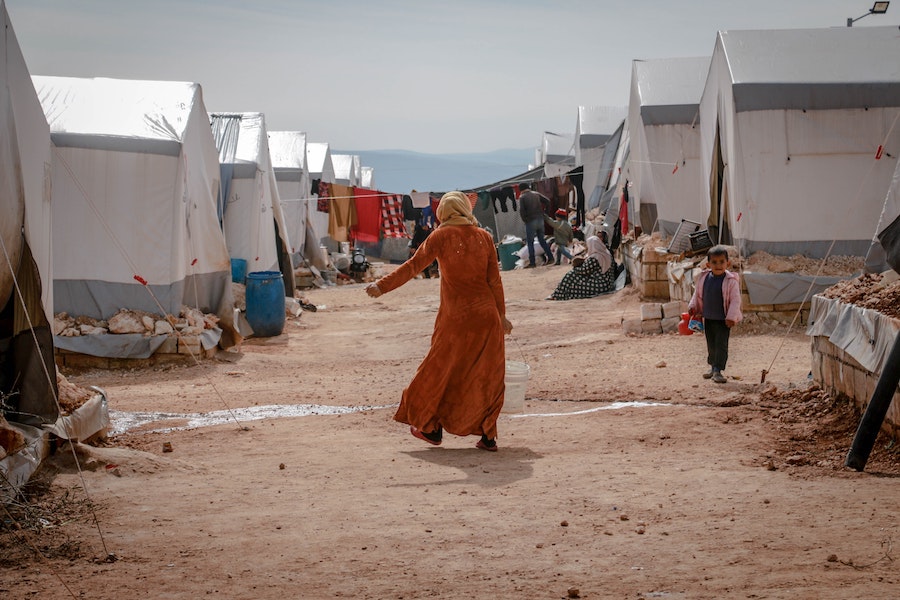Canadian Government Makes Changes to Criteria for Afghan Refugee Program
Only Afghans Who Made It Out of Afghanistan Now Eligible for Humanitarian Program
When the Taliban seized Kabul and took control of Afghanistan in August, the Canadian government announced the Special Humanitarian Program to resettle thousands of vulnerable Afghans in Canada. To qualify Afghans had to be members of a vulnerable group such as female leaders, religious or ethnic minorities, LGBTQ people, or journalists. This program originally applied to both the Afghans who managed to get out of Afghanistan but also to those who were still stuck inside the war-torn country. However, the government recently changed this criteria on its website, saying that only those who have already left the country can apply under the vulnerable Afghan grounds. The government stated that the change was more of a communications change than a policy one, however this will affect many Afghans still stuck or hiding in their home country.
Canada remains committed to taking in 40,000 Afghan refugees both the Special Humanitarian Program, which now only applies to those outside of Afghanistan, and the Special Immigration Program, which covers Afghans who assisted Canada, regardless of where they are now located.
This news may cause some confusion and groups working with Afghans trying to flee their country are warning the government that people who were previously allowed to apply for the Special Humanitarian Program might now resort to using traffickers and other dangerous means to leave the country.
Stephen Watt of Northern Lights Canada, a refugee organization, said the government’s plan to bring 40,000 Afghans to Canada has been wrapped in secrecy ever since it was announced. He says there is still no clear way to apply to the program or to discover who it is accepting or how it is operating. “This is a life and death question for many of the people we are talking to within Afghanistan,” he said.
Canada May Expand PR Program's Eligibility to Include Refugee Claimants
Temporary-to-Permanent Residency Program Still Has 14,000 Spots Left Unfilled
A new program created this year to streamline permanent residency for temporary residents working in the healthcare sector may soon be expanded to include refugee claimants. The news was recently confirmed by then Immigration Minister, Marco Mendicino, in an interview with Reuters.
The goal of this temporary-to-permanent residency program is to help Canada reach its target of bringing in 401,000 new permanent residents this year. According to Immigration, Refugees and Citizenship Canada, around 70% of the 222,275 people granted permanent residency by August 31, 2021, began their stay in Canada as temporary residents.
However, the program, which was announced back in April, still has more than 14,000 of the 20,000 spots unfilled as the November 5th application deadline approaches. Mendicino has not yet ruled out extending the deadline in order to gain more applicants, stating: "I think we should keep an open mind as to whether or not we should extend [the deadline]."
While refugees are not currently included in this program, Mendicino said there are talks of allowing refugee claimants who obtain work permits while awaiting a decision on their refugee claims to apply to future versions of the program.
"I am always going to keep an open mind about searching for whatever policy promotes the greatest outcomes for our refugees, our immigrants, and our country and its economy" he said.
Mendicino added that while he feels it is important to offer newcomers more "transitional opportunities," it is also "imperative" that workers' rights be protected, regardless of their immigration status.
"I firmly believe immigration status should not be used to exploit any individual...The ability to transition from temporary to permanent status can be one of the factors that strengthens the relationship between the employer and the employee by creating more of a balance."
Ontario Legislation Will Make it Easier For Immigrants Become Licensed to Work in Certain Professions
Proposed Legislation Would Eliminate the Work Experience Requirement for Professional Licensing
Ontario is preparing to introduce legislation that would make it easier for immigrants in the province to become licensed to work in their chosen profession.
According to the Canadian Press, if passed, the legislation would eliminate the requirement that immigrants have Canadian work experience in order to get licensed.
It would also make English-language testing requirements more standardized and fast-track application processing.
Ontario Labour Minister Monte McNaughton told the Canadian Press in an interview that the changes would remove barriers for immigrants seeking out employment in their chosen profession.
"It really is an injustice when you think of only 25 per cent of immigrants in Ontario work actually in jobs and professions that they were trained for," he said. "It's all about improving their lives, ensuring that they get bigger paychecks and more worker protections." If the legislation is passed, the changes will go into effect within two years.
The proposed legislation will apply directly to the licensing bodies that oversee professions such as:
- Architects
- Teachers
- Accountants
- Social Workers
- Electricians
- Plumbers
- Hoisting Engineers
- And More
It will not affect medical professionals like doctors and nurses.
Licensing bodies will be able to apply for exemptions so that they can continue to require immigrant candidates to provide proof of Canadian work experience, but they must obtain government approval first. "They have to make a health and safety case, which would come to the minister for approval" McNaughton said.
The news of these proposed changes comes shortly after Ontario Premier Doug Ford spoke out about the labour shortage in Ontario and urged immigrants to come to Ontario to work. However, he received criticism for saying that only "hardworking" immigrants would be welcome.
"You come here like every other new Canadian. You work your tail off," Ford said. "If you think you're coming to collect the dole and sit around, it’s not going to happen. Go somewhere else.” Ford has refused to apologize for the comments, but clarified that he is "pro-immigration."
Federal Government May Soon Reduce Eligibility Restrictions For Refugee Claimants
Documents Suggest Canada Will More Easily Accept Refugees Who File an Intersectional Claim
Canada's federal government is possibly looking at loosening restrictions for those seeking refugee status in Canada, according to the Toronto Sun.
In a recent column for the Toronto Sun, political columnist Lorne Gunther reported that the publication had obtained exclusive access to an internal document that Richard Wex, chairperson and chief executive officer of the Immigration and Refugee Board of Canada, shared with immigration and refugee officials.
The documents reveal that the government would weaken most grounds for denying an asylum seeker refugee status.
More specifically, immigration officers responsible for reviewing refugee claims, along with decision-makers who oversee immigration and refugee-related appeals, will be instructed to more closely consider asylum seekers who have filed an “intersectional” claim.
An intersectional claim means an applicant is citing “race, religion, indigeneity, political beliefs, socioeconomic status, age, sexual orientation, culture, disability, or immigration status,” that “impact an individual’s lived experience of discrimination, marginalization or oppression” as their reasoning for filing a refugee claim in Canada.
This means that refugee claimants would not be required to prove that they meet the United Nations' definition for “refugee," nor prove that they are at risk of death or torture should they be returned to their home country.
Adjudicators must also take a ‘Do No Harm’ approach during hearings and demonstrate “compassion, cultural humility, and patience in order to avoid [retraumatizing]” refugee applicants. This includes taking into consideration the fact that physical and/or emotional trauma, often experienced by asylum seekers, can result in memory gaps and difficulty recollecting certain pieces of information. Such trauma was described in the documents as "intense feelings of fear, terror, helplessness, hopelessness, and despair” that are perceived “as a threat to the person’s survival.”
If this occurs, refugee claimants may still be granted refugee status unless an immigration officer or judge has solid evidence that an applicant has falsified details on their application.
While Canada is already considered a world leader when it comes to resettling refugees, these new guidelines are yet another step in the right direction and will make the refugee application process easier for many who have experienced trauma.
Immigration Minister Says Canada Has ‘Moral Imperative’ to Resettle 40,000 Afghan Refugees But No Direct Pathway to Canada Has Been Implemented
Canada Doubles Initial Afghan Resettlement Target
The Canadian federal government is pledging to resettle 40,000 Afghan refugees from high-risk groups, because Canada has a “moral imperative” to help the people of Afghanistan, according to Immigration Minister Marco Mendicino.
"Canada is once again showing its capacity to be a global trailblazer by being the first country in the world to launch a humanitarian resettlement program that specifically focuses on women, on girls, on LGBTI and targeted minorities,” said Mendicino.
The announcement was made by Foreign Affairs Minister Marc Garneau during an address in front of the United Nations. During the address, he compared the current situation in Afghanistan to the 2015 Syrian refugee crisis that saw 44,000 Syrian refugees resettled in Canada.
“Canadians overwhelmingly called on us to do more. And in response to their generosity and welcoming spirit, we have now committed to welcoming 40,000 Afghan refugees to Canada,” Garneau said.
However, Canada has failed to create a program or pathway that allows Afghans to apply to Canada, for example, something similar to the Health Care Pathway that was implemented earlier this year. This is much needed because many Afghans have not been able to get out of their country, or, if they have, the standard resettlement programs will be very difficult, uncertain and lengthy process.
The recently announced figure is double the initial Afghan resettlement target announced back in August. Back then, the federal government announced plans to resettle 20,000 Afghans from vulnerable groups, including:
- Female leaders
- Human-rights advocates
- Journalists
- LGTBQ individuals
- Those belonging to persecuted religious groups
- Families of interpreters already resettled in Canada
READ MORE: Canada to Resettle An Additional 20,000 Afghan Refugees
Mendicino has stated that more than 2,500 Afghan refugees have already been resettled. No timeline has been provided for when the remaining 37,500 refugees will be resettled, however, the resettlement will be facilitated through both private sponsorship and government sponsorship.
Mendicino says that the goal is for Canada to resettle refugees who have already fled Afghanistan. However, some asylum seekers who have yet to escape Afghanistan may be eligible, as Canada continues to help Afghan residents flee the country through overland routes. Yet the government has not yet managed to create any concrete program to which those individuals can apply directly. This was recently an issue discussed on the CBC’s National by Ms. Arghavan Gerami, advocating for the implementation of such a program.
Canada's efforts to resettle Afghan refugees have been fuelled by the Taliban rapidly gaining control of Afghanistan, causing tens of thousands of residents to flee.





